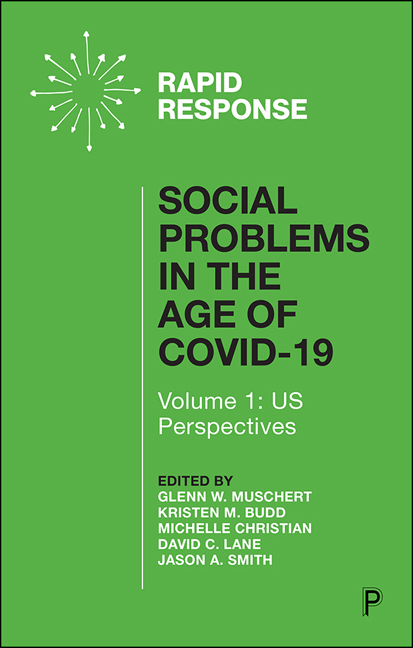6 - Residential Crowding Among Meat Processing Workers
Published online by Cambridge University Press: 23 March 2021
Summary
The Problem
According to the Census Bureau, more than 6% of US residents live in crowded housing. Residential crowding can be defined in a variety of ways, but a common measure of crowding is living more than one person to a room. Those living in crowded housing vary considerably by income, immigrant status, and race. Typically, those who live in crowded houses are poor, immigrants, and people of color—often all three—with Latinx immigrants three times more likely to be crowded than other US residents, according to recent government data.
Residential crowding negatively impacts learning outcomes, sleep patterns, and mental health. Living crowded also places residents at high risk for infectious disease transmission, because when people share close quarters, they have a difficult time staying isolated from other household members, according to the Centers for Disease Control and Prevention (CDC). The COVID-19 pandemic escalates the risk associated with residential crowding, because essential workers who contract COVID-19 at work and go home to crowded houses are likely to transmit the disease to other members of their household.
Work sites where contracting COVID-19 is especially likely include beef, pork, and poultry processing facilities—facilities that are considered critical infrastructure according to an Executive Order issued in April 2020— where meat industry workers across the country are deemed essential under a federal mandate. Unfortunately, food processing workers also comprise a segment of the US workforce that disproportionately lives in crowded conditions. The deadly combination of high work-related COVID-19 risk and densely packed living quarters means that those who are likely to get COVID-19 on the job are also at a high risk for spreading the disease to children, spouses, and other members of their household.
The Research Evidence
Meat Processing Workers have a High COVID-19 Risk
In April 2020, 115 US meat processing facilities in 19 states collectively reported nearly 5,000 COVID-19 cases and 20 deaths among workers, according to the CDC. At least 32 plants were forced to close or reduce operations. The Texas State Health Department reported that COVID-19 infection rates in rural counties with meat processing facilities were ten times those of the state's largest cities, and clusters of COVID-19 outbreaks have been linked to meatpacking in Europe, Australia, and South America.
- Type
- Chapter
- Information
- Social Problems in the Age of COVID-19 Vol 1Volume 1: US Perspectives, pp. 59 - 68Publisher: Bristol University PressPrint publication year: 2020



